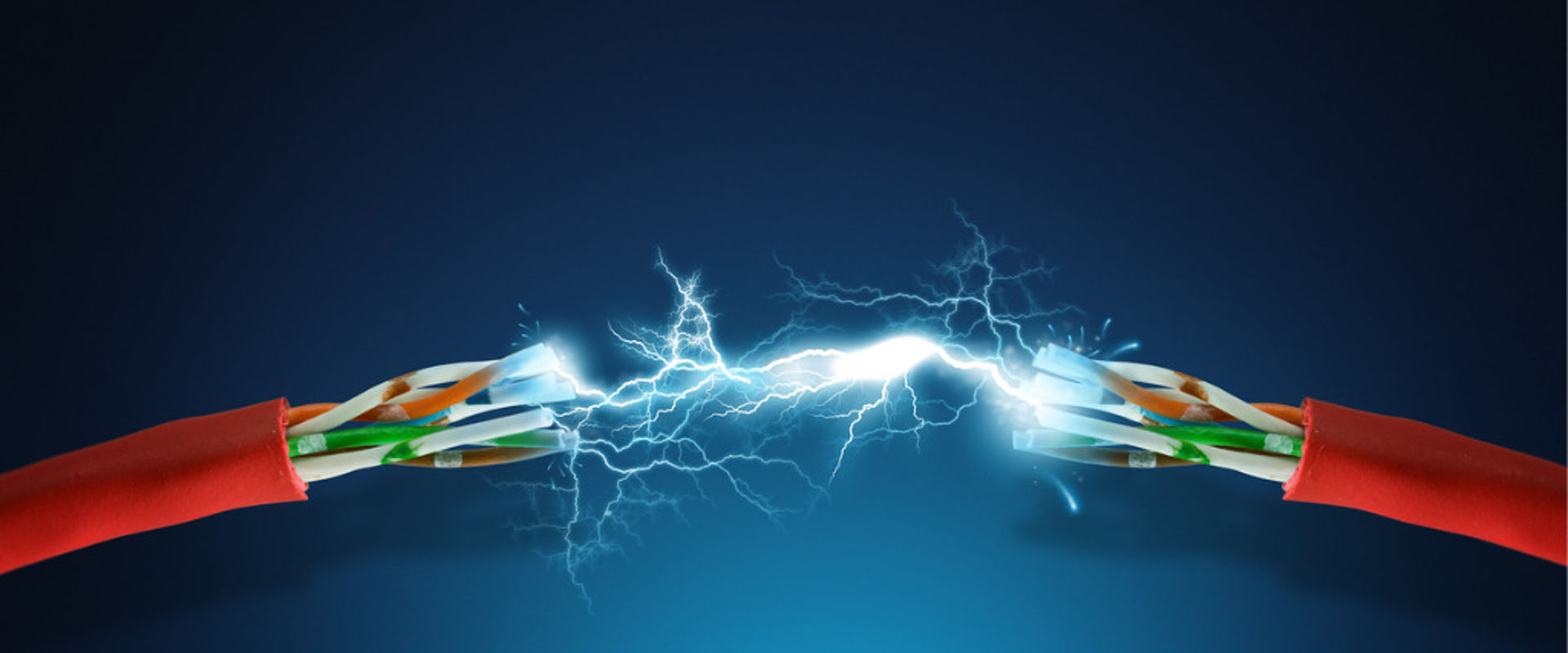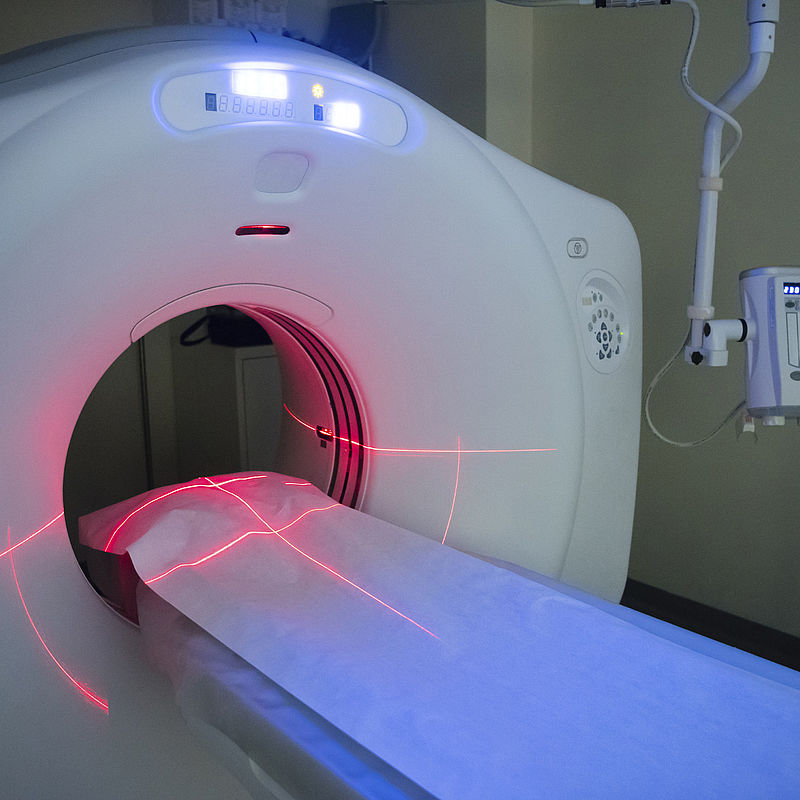
Metrology to protect the high voltage grid
Challenge
Electrical losses are one of the main contributors to operational costs in power networks. To minimize this network operators are transitioning from high voltage alternating current (HVAC) to more efficient high voltage direct current (HVDC).
Partial Discharge (PD) measurements, detailed in the international standard IEC 60270, are designed to assess condition of grid components but the applicability of these techniques to HVDC grids had not been examined. PD is a localized partial dielectric breakdown which does not completely bridge the isolation. This causes a series of repeating, transient, high frequency pulses of current that can damage insulation and degradepower quality. The rate and amplitude of PD pulses are smaller under HVDC than HVAC making them harder to detect, thus PD instrumentation needs to be sensitive and requires accurate, low-level calibration.
Many modern PD calibrators have a lowest electrical charge level of 0.1 pC. However, no National Metrology Institute could provide traceable calibration services for PD calibrators below 0.5 pC. If unaddressed this could result in a failure in detecting PD events, potentially disrupting power supplies.
Solution
The EMPIR project Techniques for ultra-high voltage and very fast transients assessed European measurement capability for calibrating PD calibrators.
Four NMI’s – RISE, FFII, TUBITAK UME and VTT – examined three measurement methods described in IEC 60270: the reference method, the numerical integration method and the step voltage method.
To cover lower PD levels below 1 pC, a new approach based on charge sensitive amplifier was developed. Results indicated that for measurements below 100 pC laboratories using the new charge amplifier method were able to significantly lower their calibration uncertainties. In addition, the low noise level of the new technique enabled extending the lowest calibration range from c. 1 pC down to 0.01 pC.
As a result of the work, VTT now has the lowest calibration level for PD calibrators down to 0.01 pC with a measurement uncertainty of 0.005 pC for PD calibrators – the lowest in the world. FFII and RISE have also improved the calibration measurement level to 0.1 pC with 0.001 pC expanded measurement uncertainty, and TUBITAK have claims down to 0.2 pC.
Impact
OMICRON Calibrations is an independent ISO/IEC 17025 accredited laboratory that performs calibrations on OMICRON Electronics testing equipment and provides high-precision multiphase power and AC/DC PD measurements for external clients.
VTT, the Finnish NMI, performed low-level calibrations on the company’s PD calibrators using techniques developed in the EMPIR project. Whilst the companies test-devices were already more stable and accurate than required for routine purposes the low PD values, high accuracy and long-term stability of the calibrations will position the company to respond quickly to upgrades to the power grid.
OMICRON Calibrations predict that this work, demonstrating the accuracy and traceability of the company’s PD calibrators, will set them apart from competitors and open new markets. The improved methods for PD measurements have since contributed to the revision of IEC 60270, enabling the better detection of PD discharge events in HVDC electricity networks.
- Category
- EMPIR,
- Standardisation,
- Energy,
